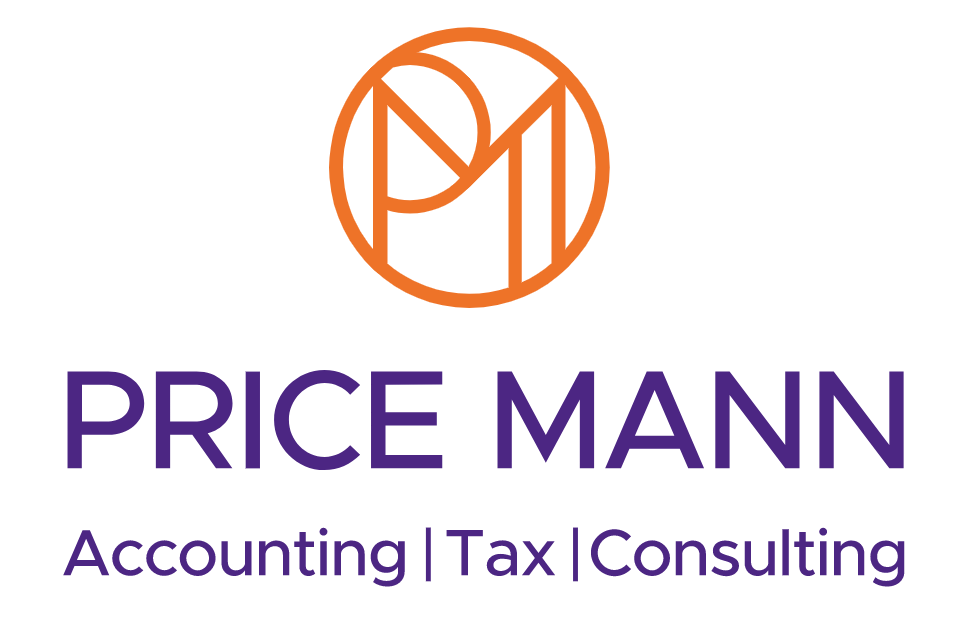Starting a new business after COVID-19 New businesses can still grow and flourish
Not much can stop determined entrepreneurs from building a new business from the ground up, even during such challenging times as a COVID-19 or its ensuing fallout.
The pandemic has proven a huge challenge for businesses, with 396,155 UK firms closing in 2020 according to the Office for National Statistics, as business owners struggled to cope with restrictions and lockdowns.
The Federation of Small Businesses expects that an additional 250,000 small businesses could fold by the end of 2021.
And yet, despite the challenges, 407,510 new businesses were formed during 2020. Matt Smith, director of policy and research at the Centre for Entrepreneurs, predicts a “record number of new businesses” will also emerge this year.
Businesses that were able to fit their goods and services to the current circumstances by moving their operations online or opening up delivery services, for instance, have been the ones to grow and flourish.
This will remain the case for entrepreneurs in the second half of 2021 and beyond, after restrictions and social distancing rules in England ended on 19 July 2021.
Meanwhile, with Government financial support still in place but tapering off, some entrepreneurs might in fact benefit from starting sooner rather than later.
Opportunities for new businesses
With the toll COVID-19 has taken on the economy, businesses and consumer confidence, it might seem counterintuitive to set up a business now. However, there are a number of opportunities to take advantage of.
For example, with the closure of hundreds of thousands of businesses, including almost 10,000 licensed premises, startups might be able to capitalise on the reduced competition that new businesses typically face during ‘normal’ times.
There is also a pent-up demand for goods and services, particularly in retail, for entrepreneurs to capture if they play their hand right and spot where specifically that demand is and how they can fill in a gap in the market.
They might also be able to qualify for loans more easily post-COVID, which may be surprising given the risks associated with new businesses starting now.
Yet the Bank of England’s base rate of interest remains at a record low of 0.1%, which has been the case since 19 March 2020.
In June 2021, the central bank’s monetary policy committee unanimously voted to keep the rate at this level, so businesses can expect commercial banks to continue charging relatively low interest rates for the foreseeable future.
Government support
Businesses will also be able to enter a restriction-free trading environment while still being able to benefit from the schemes and policies that the Government created to protect firms against the worst economic impacts that restrictions had on business.
For instance, while the window has passed for new businesses to defer their VAT payments, they may nevertheless be able to see some security with smaller VAT obligations.
On 8 July 2020, the Government allowed VAT-registered businesses to apply a temporary 5% reduced VAT rate to certain supplies relating to hospitality, hotel and holiday accommodation and admission to certain attractions.
On 3 March 2021, Chancellor Rishi Sunak extended this reduced rate for six months to 30 September, adding: “And even then, we won’t go straight back to the 20% rate”.
Instead, relevant businesses will enjoy an interim rate of 12.5% for the next six months until returning to the standard rate of 20% in April 2022. New businesses like cafes, restaurants, pubs and hotels may also be able to get a two-thirds discount on their business rates bill for the rest of the 2021/2022 tax year.
Startups can also save on their recruitment costs through the kickstart scheme, through which the Government promises to cover 100% of the national minimum wage for 16 to 24-year-old universal credit claimants, for 25 hours of work per week over a total of six months.
Challenges to overcome
As ever, new businesses need to overcome certain challenges, but the post-COVID (and post-Brexit) world comes with additional hurdles.
First, businesses, especially those in the hospitality sector, are facing staff shortages, partly because many migrant workers have left the country.
As many as 1.3m people born outside the UK have done so, many of whom lost their jobs during the pandemic. Others are leaving because of the UK’s departure from the EU.
Meanwhile, university students who would be working part-time are studying elsewhere remotely, while some workers moved away from big cities to save money over the course of the pandemic.
Furthermore, businesses can’t expect everyone to go on a spending spree either, as many people still have health and safety concerns despite restrictions ending, while the business environment could be especially brutal as everyone tries to bounce back.
Steps to take
There are some things that new businesses can start doing to effectively prepare for success after COVID-19.
For example, a new cafe might recognise ongoing health and safety concerns some people have about coming in, in which case they could include an online ordering and delivery service to cater for these individuals.
Of course, doing that would require planning, specifically in terms of how the delivery process would work, how many employees would be needed to implement it, and how much extra it would cost.
Another example concerns businesses in the retail sector. While retail has enjoyed its best growth since the start of the pandemic, its growth in online sales masks a continued decline in performance on the high street.
Any new retail business needs to consider this in their strategic planning.
Generally speaking, new businesses also need a strong online identity to flourish in today’s digital age, whether they are business-to-business or business-to-consumer, along with SEO and a wide range of channels to maximise organic traffic.
Crucially, entrepreneurs must think about the future and prepare for the worst. While the Government largely remains in favour of learning to live with the virus and lifting restrictions,
if the last 16 months have taught us anything it’s that the world is a bit more fragile than we might have thought.
That means keeping a close eye on expenses to avoid overspending, and making multiple plans based on varying sales projections from the most pessimistic to most optimistic outcomes, so you are ready for whatever comes your way.
It also means keeping an eye on the deadlines for various Government support schemes, including the recovery loan scheme, which could benefit new businesses if the pandemic continues to trouble the economy.
Anyone looking to start their own business should also seek expert advice to help them with business structures, planning, financing and a strong tax strategy - the fees of an accountancy firm will always save you more money in the long run.













